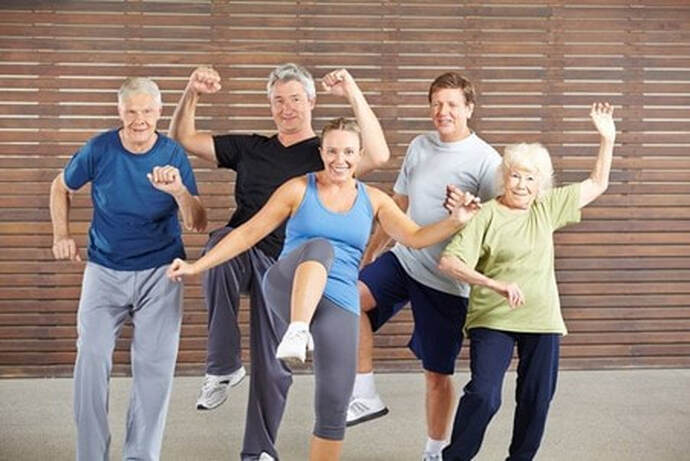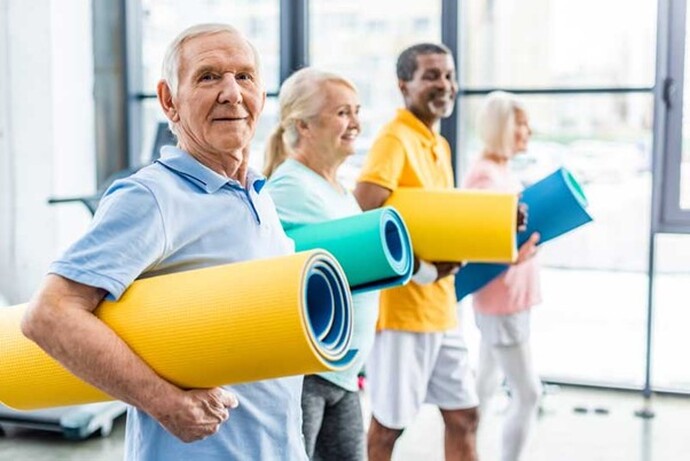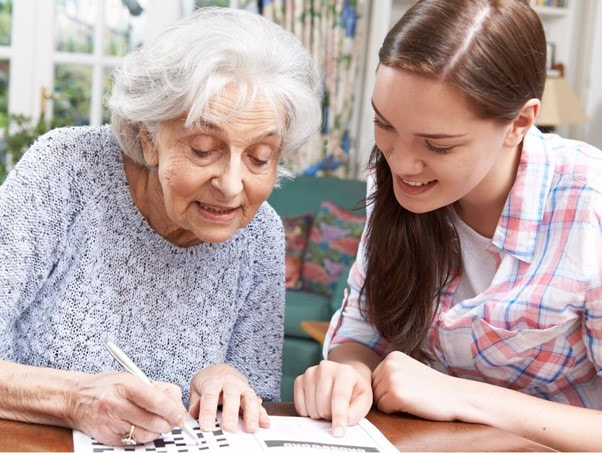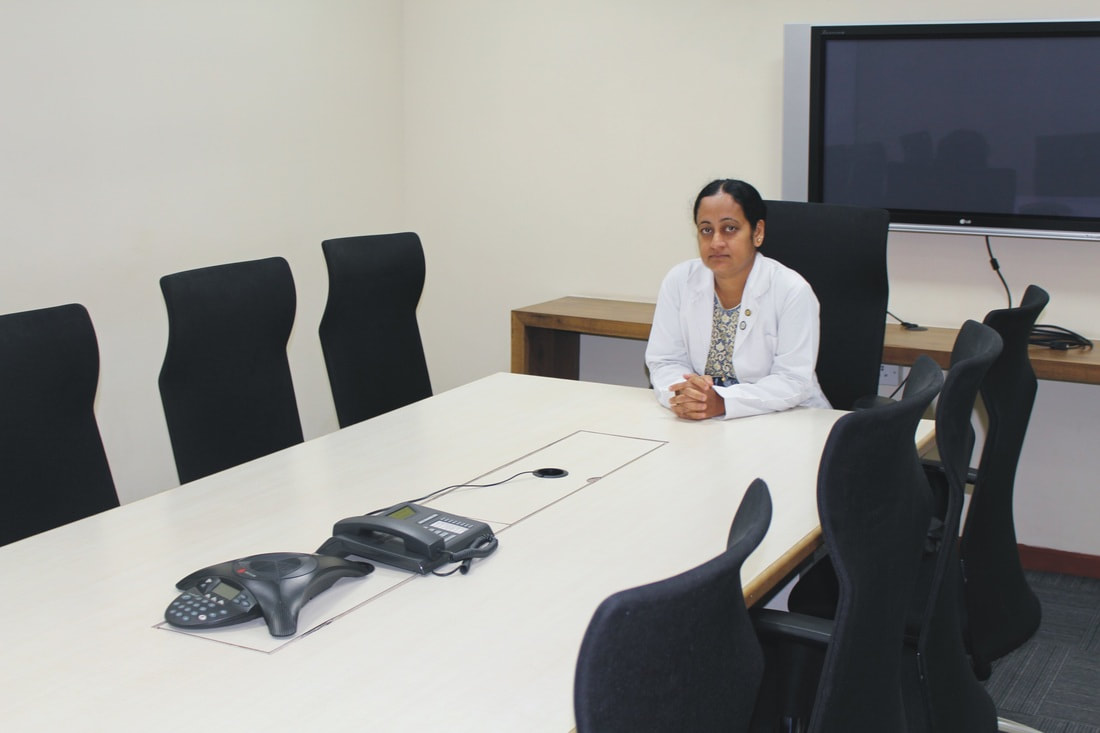|
Irrespective of the type, duration and frequency of an activity performed any physical activity is sure to reap benefits for the person performing it. Each of us are struggling hard to squeeze in some time to fit in physical activity in our daily schedules somehow and the benefits incurred are regardless of whether it occurs as part of work, leisure, transport or housework. Walking was the only means of transport earlier and after the introduction of wheel, mankind progressed towards other means of transportation. Bicycle, an integral innovation has been also used as an excellent means of exercising since ages. But walking and cycling are activities that can be performed individually. Then how did the group fitness classes evolve? The origin of group fitness can be traced back to 1968 when Kenneth H. Cooper introduced the concept of aerobic exercise. Immediately the following year dance-based fitness classes focusing on cardio, strength and stretch movements were introduced and it was not until early 1970s that Sorensen took a bit of aerobic programs, added some music and made the world become an ardent fan of aerobic dance that now prevails as the basis for group fitness programs these days. Group fitness classes are exercises performed by a group of people in the presence of an instructor attracting people with its different formats available-yoga, aquatic activity, core conditioning, resistance exercise, kickboxing, boot camps and more. There are a number of health centres and fitness clubs that bank on people’s interest to do different activities and their eagerness to have fun that they have reshuffled the entire concept of fitness. Group activities are encouraged these days as they motivate people to be regular for workouts, follow a consistent exercise schedule and reap the benefits of a fun environment. The question now is whether group fitness offers more benefits than individually performed exercises, especially for the elderly. We are witnessing the fastest growth in the ageing population which brings with it a great burden on the society due to increased risk of mental and social health problems that grow alongside physical health problems as well. There is a dire need to promote physical activity among older people as its absence increases the risk of chronic degenerative diseases and disabilities. Ageing is by itself a risk factor for decline in daily functionality and mobility whose effect can be controlled with daily physical activity and exercise schedules. In such cases regular physical activity increases muscle strength, coordination and flexibility but to avail these benefits it must be performed regularly. But one requires knowledge, skills and perseverance for reaping the benefits of exercising. Don’t we see a group of elderly adults, men mostly, in parks going for a walk or a slow jog as well? These people enjoy each other’s company and have fun while exercising too. But the population of older adults is heterogenous as each of them have varying degrees of health, culture, attitudes and practices. Viewing them as one group might hamper us from providing the needed healthcare as it is essential to consider each of the elderly person’s individualized needs. How good can group exercising benefit older adults in such a scenario and what’s the impact of group exercising on the elderly population?
|
AVOID FRAUD. EAT SMART+91 7846 800 800
|
- Home
- Written Testimonials
- Consult
- Clinics
- Blogs
-
Diet & Nutrition
- Diabetes Reversal
- IVF IUI not needed for PCOS PCOD Infertility
-
Medical Nutrition
>
-
Disease & Conditions
>
- Infertility | PCOS
- Diabetes Mellitus
- Cholesterol
- Hypothyroid
- Kidney Problems
- Hypertension
- Cardiovascular Diseases
- Liver Diseases
- Gastro intestinal disorder
- Cancer
- Metabolic Disorders
- Orthopedic Disorders
- Eating Disorders
- Dietary Recall
- Weight Record Filled By Clients
- Online Payment Transaction Details
- Online Clients Weight Check Form
- Our Program Package Service Charges
- Weight Record 2017 Clients
- Measurements sent by Clients
- Terms & Conditions Of Payment
- Thanks. Your Form is Submitted
- Video Testimonials
- Lifestyle & Wellness
- Lifestyle & Wellness Blog
- Allergy & Intolerance
- Weight Loss / Gain
- Weight Loss / Slimming Blog
-
Disease & Conditions
>
- Life Cycle Nutrition >
- Sports Nutrition >
- Integrity in Nutrition
- Knowledge Centre
© COPYRIGHT 2022. ALL RIGHTS RESERVED. FRST HEALTHCARE PVT LTD.
Dr. Nafeesa Imteyaz of First Eat Right clinic, is the Best Dietitian Nutritionist in Bangalore. Best Dietitian Nutritionist in Pune. Best Dietitian Nutritionist in Hyderabad. Best Dietitian Nutritionist in Chennai. Best Dietitian Nutritionist in Mumbai. Best Dietitian Nutritionist in Delhi. Best Dietitian Nutritionist in Kolkata.





